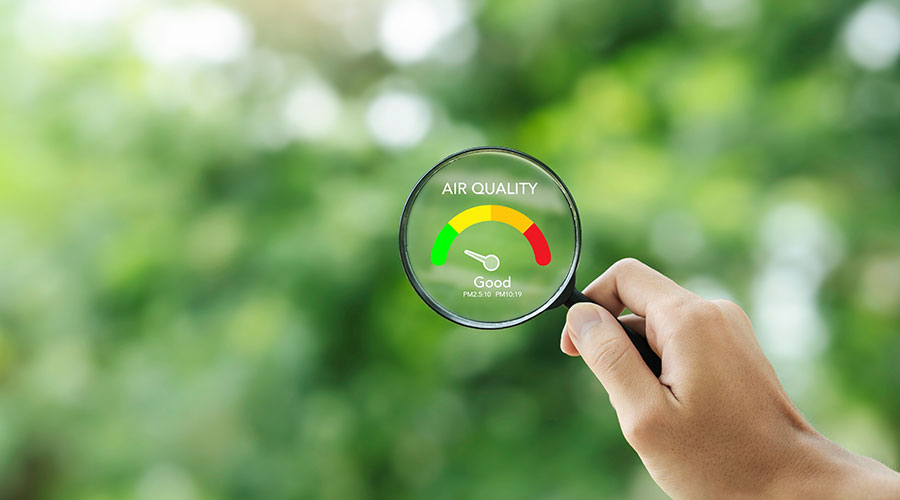Air Filters: Determine Efficiency, Resistance To Airflow and Dust-Holding Capacity
Air filtration and indoor air quality (IAQ) have long been necessary components of a healthy indoor environment and an efficient HVAC system. Keeping both aspects in focus is usually a full-time job in a large facility. Add a third component — energy use, which calls for careful planning and integration with a preventive maintenance (PM) program — and blending air-system energy use due to air-filter loading with on-time filter replacement can be a tough task.
Proper filter selection and replacement, uniform air flow and velocity, and reasonable air-pressure drops will lead to more consistent energy use. Matching the filter to the application, occupancy and code requirements also aids in correlating filter installation to energy use.
Filter Characteristics
Three characteristics of proper filter selection and performance are efficiency, resistance to airflow, and dust-holding capacity.
Efficiency measures the ability of the filter to remove particles from the air stream. Minimum efficiency during the life of the filter is the most meaningful characteristic for most filters and applications.
Resistance refers to the static-pressure drop across the filter at a given face velocity. Dust-holding capacity defines the amount of dust an air filter can hold when it operates at a specified airflow rate to some maximum resistance value.
Evaluating filter types requires data on efficiency, resistance during filter loading and dust-holding capacity at various pressure drops. These items can directly affect the fan’s ability to move air at varying resistances, which can lead to higher fan brake horsepower requirements and greater energy use. Studies have shown that re-circulated air tends to have a larger proportion of lint than does outdoor air, but proper filtration might reduce dust and lint in the space, resulting in lower housekeeping costs.
Related Topics:













